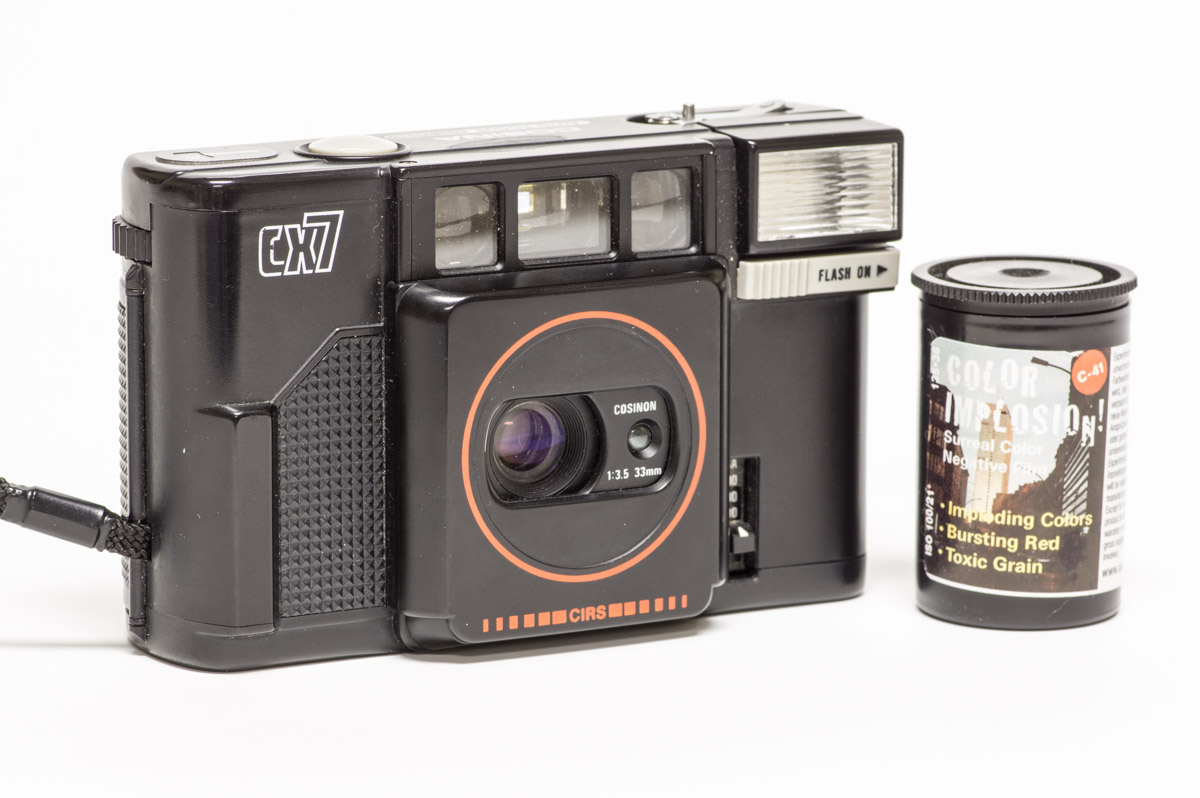Cinestill 50
Cinestill 50D is a unique 35mm daylight film that starts life as Kodak Vision3 50D movie film before Cinestill removes the rem-jet layer and packages it into 35mm canisters so you can put it into a regular 35mm still camera. I loaded a roll into my Minolta X700 for a try as I’m always looking for something unique. The ‘D’ in 50D refers to the colour balance of the film which is nominally 5500K.. What they mean is that under the light of the sun items will have accurate colour representation. So something like a white sheet would appear white when scanned without adjustment. We don’t often speak about films as daylight or tungsten balanced any more but it points to this films origin as a movie film where a distinction like this is more important.
I find that the un edited scanned files from Cinestill 50D are quite muted and require an increase in saturation to reach a more natural result as seen bellow.
The film is very fine grained as expected as it originates as Kodak Vision 3 50D which they advertise as the worlds finest grain film. Kodak Ektar is also described as the worlds finest grain colour negative film. Unfortunately grain values are provided using different methods for the two films so they are not easily compared using data sheets. However I can say that they are both incredibly fine grained to the point that even with a 16×20 print the grain will not be that visible at normal viewing distances. The grain is more pronounced in areas of under exposure but still remains very low with a small amount of colour mottling.
Like other current Cinestill films in order to make them developable in regular C41 processes its necessary for them to pre-remove the remjet anti halation layer. With Cinestill 800T this can result in interesting halos around light sources as bright light is scattered and reflected within the film base. I didn’t see much evidence of this with Cinestill 50D however even when trying to cause it.
You can consider Cinestill 50D to be the equivalent to a RAW file in digital terms, it is able to capture as much detail as possible. In fact its ability to preserve highlights makes it an excellent choice when that is important. The downside is that it requires some saturation and colour adjustment to achieve a natural result much like a digital RAW file would. This shouldn’t be surprising as Vision 3 film is intended to be used as part of a film to digital work flow that includes digital post production.
















































